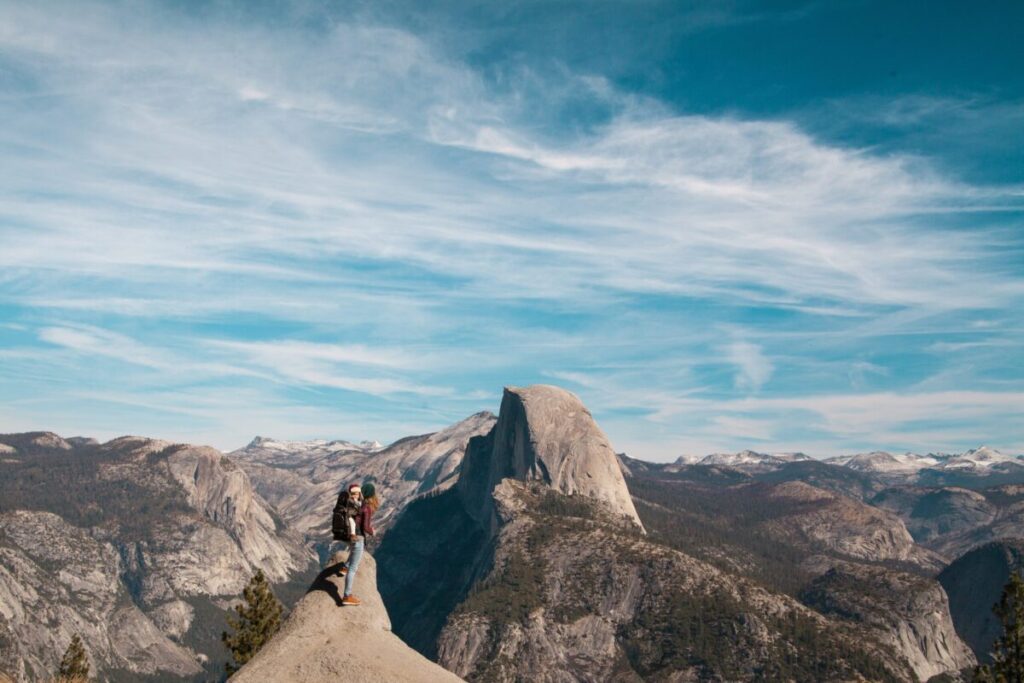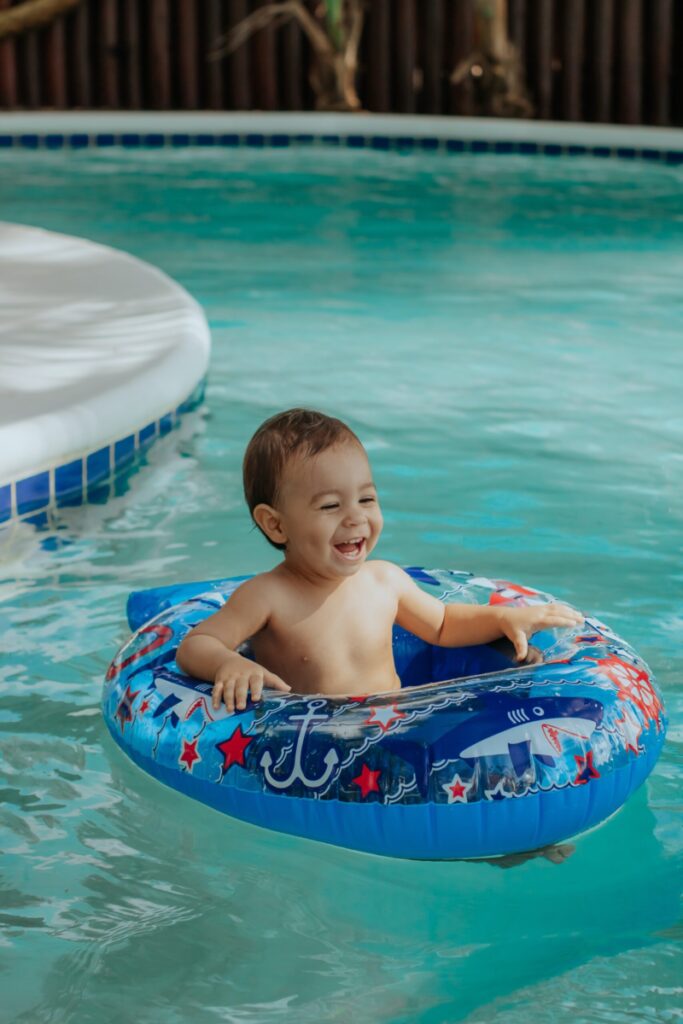Hiking with babies and kids
Hiking with kids is a great way to spend time in nature, get some exercise and have fun together. Time outdoors has physical and emotional health benefits and is good for the whole family! You might decide this is the summer to explore your local hiking trails, or perhaps you’re planning a family vacation and want to get the whole crew out on the trails. Great! Hiking with kids might sound daunting, though. What do you need to bring? How far can they go? What if they hate it? Don’t fear! Read on for our best tips and gear list for hiking with kids, whether you’re a hiking pro or brand new!
What gear do you need?
Fortunately, you don’t need much for hiking, especially when you’re starting out. Still, it is good to have some essentials and consider additional back country supplies if you start to get into bigger adventures.
Dress for the weather and bring layers!
Remember, there is no bad weather – only bad gear!
- Invest in quality outdoor clothing and accessories for kiddos, especially when it comes to cold-weather gear – if they’re comfortable, they’ll enjoy it more!
- In warmer months, lightweight but full-coverage UV clothing is a great way to protect little ones’ from sunburns and bug bites!
- There are many options for stretchy, lightweight footy PJs that work great for babies.
- Don’t forget hats and sunglasses for added sun protection!
- Especially for little ones, it’s a good idea to throw a backup outfit in the pack and maybe an extra shirt for you! Spit-ups and blowouts are always only a hiccup away!
Footwear:
- Comfortable shoes with good grippy bottoms and protection from stubbing toes on rocks will do the trick!
- It is worth looking into hiking-specific shoes if you are doing more rugged hikes.
- Hiking sandals are a great option if you plan to hike somewhere warm with lots of water. The kids can tromp around in streams and puddles, and you don’t have to worry about shoes getting wet.
Hiking carriers:
- For babies and toddlers, it is worth looking into a hiking carrier to carry them more comfortably.
- When they are very young a soft carrier or regular infant carrier is fine, but as they get more weight and you do longer hikes you’ll want something with more support.
- Even if your child is an older toddler and walking, it’s not a bad idea to have a carrier in case they get tired, and you need to carry them out.
- There are tons of good options these days for every price bracket.
- We recommend heading to your local outdoor gear shop and trying some out!
- Look for packs that are comfortable and will grow with your child. Comfortable back straps, a waist strap, and a chest clip provide extra comfort and support.
- Bonus if they have a removable shade cover and a generous storage pocket or two.
First aid kit/safety supplies:
- Building a simple hiking first aid kit is a smart investment; bandages, ointment, pain medicines (acetaminophen or ibuprofen,) tweezers.
- You can add to it if you decide to do more extensive hikes or overnights like backpacking.
- Don’t forget sunscreen and bug spray!
- Baby wipes can serve a variety of purposes so also a good thing to have on hand!
Consider these items for longer or more adventurous hikes!
- Headlamp
- Extra layers
- An emergency blanket and/or shelter
- Compass
- GPS device (many have satellite capabilities for use out of cell range)
- Quick shelter
- Matches
- Water filter tabs or filter straw
Tips for hiking with kids!
Start small!
- Whether you’re getting started hiking with a baby in a pack or older child hiking on their own, it is a good idea to start with shorter hikes to keep it positive and build confidence!
- How far can kids go?
- This depends on many factors, but a general rule of thumb is a mile per year of age. That being said, some kids can do more, especially if you work up to it!
- Start with shorter hikes and incorporate lots of snack breaks!
Bring lots of snacks and water!
- Seriously, you can’t have too many snacks and bring plenty of water.
- It’s best to bring more than you think you’ll need!
- Pack various healthy options to fuel your little hikers; fruit, nuts, cheese, crackers, fruit pouches and maybe some special treats for when they (or you) need a little extra motivation to get to the finish line.
Think like a kid and let the little ones lead sometimes!
- For bigger kiddos doing some walking, it is great to let them set a pace and explore!
- Don’t forget, it is not just about a certain distance or destination after all, but the joy of the journey!
- Kids are naturally curious and want to check out their surroundings, look at bugs and plants and find the perfect walking stick. Instead of rushing them, follow their lead!
- Incorporate games like “I spy,” or nature treasure hunts to keep everyone engaged and happy!
Be flexible and have fun!
Do not, I repeat, do not get it in your head that you will complete the entire hike that you have envisioned every time. If you do, fantastic, major win! If not, you get credit for just getting out and trying, and there is always a next time!
- Embrace the chaos – try not to sweat the small stuff!
- You’re bound to forget things, messes, and cranky kids and parents will happen.
- Some adventures will inevitably be cut short, but you’ll learn something every time.
- Try to end on a high note if you can and call it a day before everyone is overtired and you’re out of snacks.
For more great info on hiking as a family and tips on supplies check out these resources:



